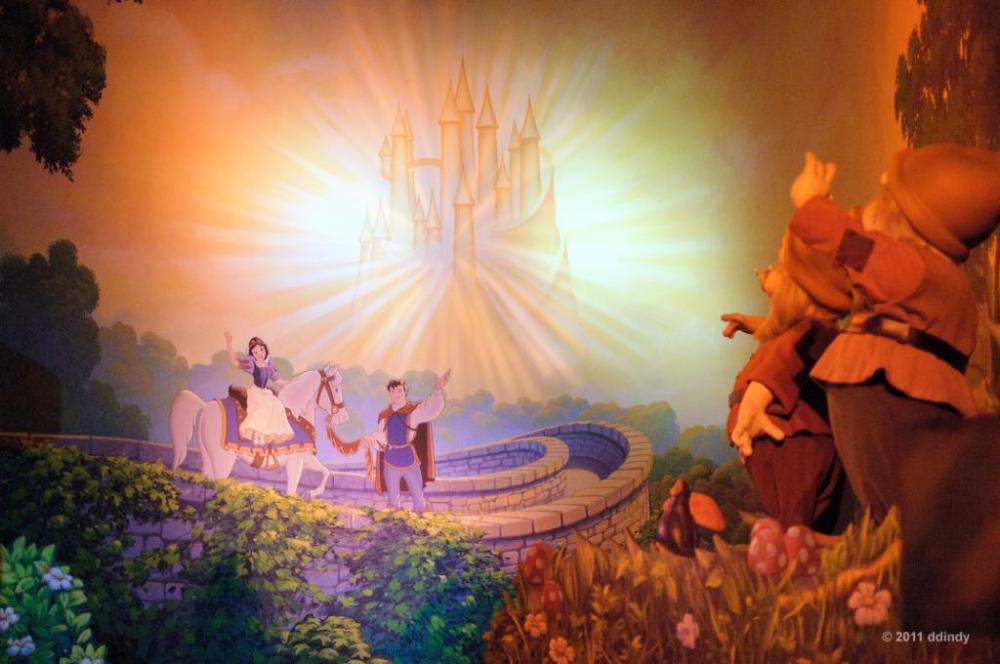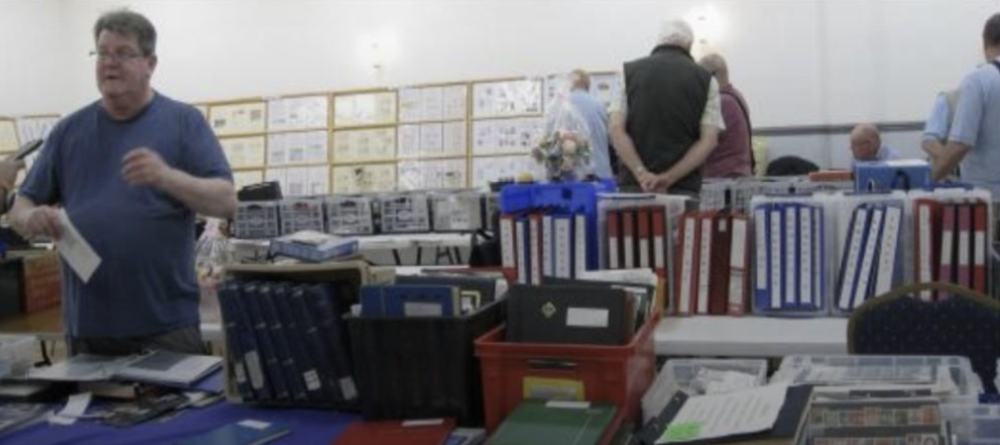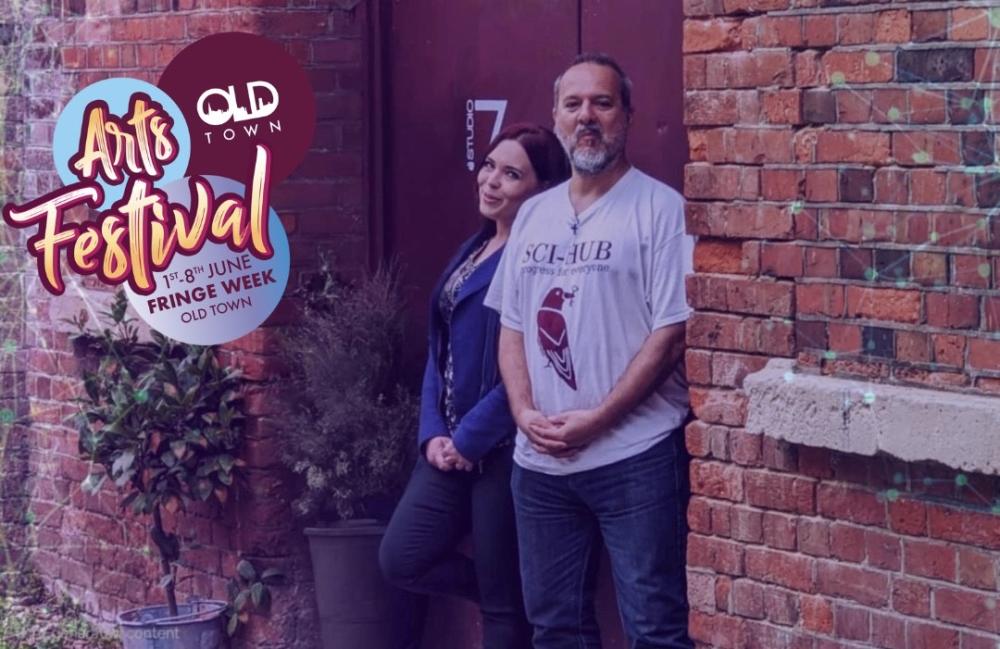Like most people, I grew up watching some classic Disney films (I must have watched Peter Pan a hundred times before I was five) but some of the earliest ones remained films I was vaguely aware of but never really knew that much about. That is, until last summer, when I saw that some of Disney’s earliest animated classics were being re-released into cinemas as part of the Dinsey100 celebrations. So, as a film student always looking for any excuse to go to the cinema, I went to see Snow White and the Seven Dwarfs, Bambi and Cinderella on the big screen for the first time. I have been a classic Disney nerd ever since; here’s why you should be too.
Simple Stories
Stories have undoubtedly evolved a lot in the past eighty-seven years since the Disney canon began, with more modern and sometimes darker twists being put on fairytales that have been around for centuries. It can be very comforting, especially nowadays, to return to the stories in their simpler forms, where themes of good versus evil and true love conquers all are at the forefront.
Far from being old-fashioned, the determined optimism in the face of adversity of heroines like Cinderella and Snow White, who are often viewed as being passive, is a universal theme and one worth instilling in contemporary young audiences.
Hand-drawn Animation
One thing that instantly sets apart the early classics from their more modern counterparts is the mesmerising hand-drawn animation. It is hard to comprehend as we watch these films that each individual frame had to be hand painted by an artist. In a world before CGI or even digital video, teams of artists spent hundreds of painstaking hours bringing each of these classic stories to life, which consequently helped to establish the unique and instantly recognisable Disney style that became the standard worldwide for animated fairytales.
Innocence
Animation was very much still in its infancy during the Golden and Silver ages of Disney, (between 1937 and 1959) and there is an innocence which comes across in the films, in the form of some of the cutest Disney characters ever. Sidekicks such as the mischievous bunny Thumper in Bambi (voiced by Peter Behn who was only four years old at the time) and the loveable mouse Gus in Cinderella are guaranteed to put a smile on your face. You will find yourself smiling at Thumper’s failed attempts to do what his father tells him and on the edge of your seat as Gus attempts to evade the claws of the evil cat Lucifer.
Magic
For me, there is a certain magic in the Golden and Silver age of Disney that is not there in their more modern films. I’m not saying there isn’t magic in the newer films, it’s just a different sort of magic. Maybe it’s to do with the age of the films, which gives that feeling of being transported back in time, from the second the opening credits appear accompanied by a sweeping chorus and stunning artwork.
It’s in the little twinkling effect on Cinderella’s ball gown and in the shining golden castle in the sky, as Snow White rides off towards her happy ending. There is magic, even, in the chill that goes through your spine as Bambi’s mother announces: “Man was in the forest.” This magic lasts long after the final frame, which often reads simply: “The End”.
As I sat down to watch Snow White and the Seven Dwarfs at 10am in the morning at the cinema last summer, I became transfixed by the artistry of a film made some eighty-six years ago. I felt joy and sadness in equal measure. I laughed with the seven dwarfs, I trembled at the Evil Queen, and I became emotional as Snow White’s Prince finally came for her. Of course, there are points where the 86-year-old animation techniques aren’t perfect, but the joy of such a simple and happy ending touched some long-forgotten childhood memory inside me and brought a tear to my eye.










Your Comments
Be the first to comment on this article
Login or Register to post a comment on this article